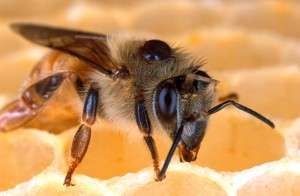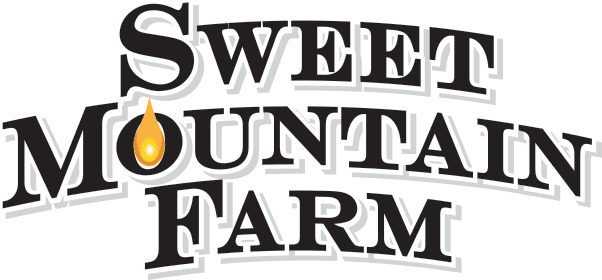Bee Diseases and Pests with Dr. Marion Ellis
The education committee at the American Beekeeping Federation (ABF), strives to keep its members engaged and informed. The ABF offers its members free beekeeping education through its on-line classes titled “Conversations with a Beekeeper.” The class given on January 30th, 2013 was given by Dr. Marion Ellis professor of entomology and apiculture specialist at the University of Nebraska at Lincoln. His lecture was titled Adult Bee Diseases and Pests.
An ABF member registers at least 48 hours before the class. An email is sent with a link and code allowing the member to chose between a computer connection with voice and slides or an audio phone connection. The link will ask for the code to join the group discussion . Classes last 1 hour with time at the end for member questions.

The most useful information was a detailed methodology for detecting and assessing Varroa mite loads. Detection included an ether roll, sugar roll, sticky board, and alcohol wash. An acceptable mite level would be 3 mites per 100 bees or 9 mites per 300 bees. Anything higher and immediate intervention is necessary as mite loads over populate and destroy a hive quickly.
Nosema was discussed. If all the bees vacate the hive and don’t come back, Nosema is most generally the cause but Nosema can’t be substantiated without lab testing. The bees get weak, can’t feed the brood, can’t vacate the hive and dysentery is found in and outside the hive. It is impossible without microscopic inspection to determine conclusively if a hive has Nosema or Trachael mites.
If clumps of bee carcasses are sitting outside a hive–a smelly critter is to blame. A slide showing wads or clumps of bee carcasses was the evidence left from skunks. Use the entrance reducer since mice can cause great damage to comb over winter. The next webinar is scheduled for Tuesday, February 12th, 2013 when Larvae and Pupae Development will be discussed.
